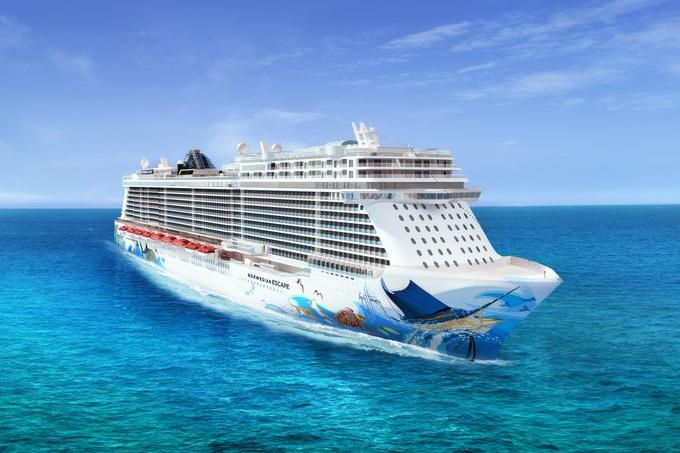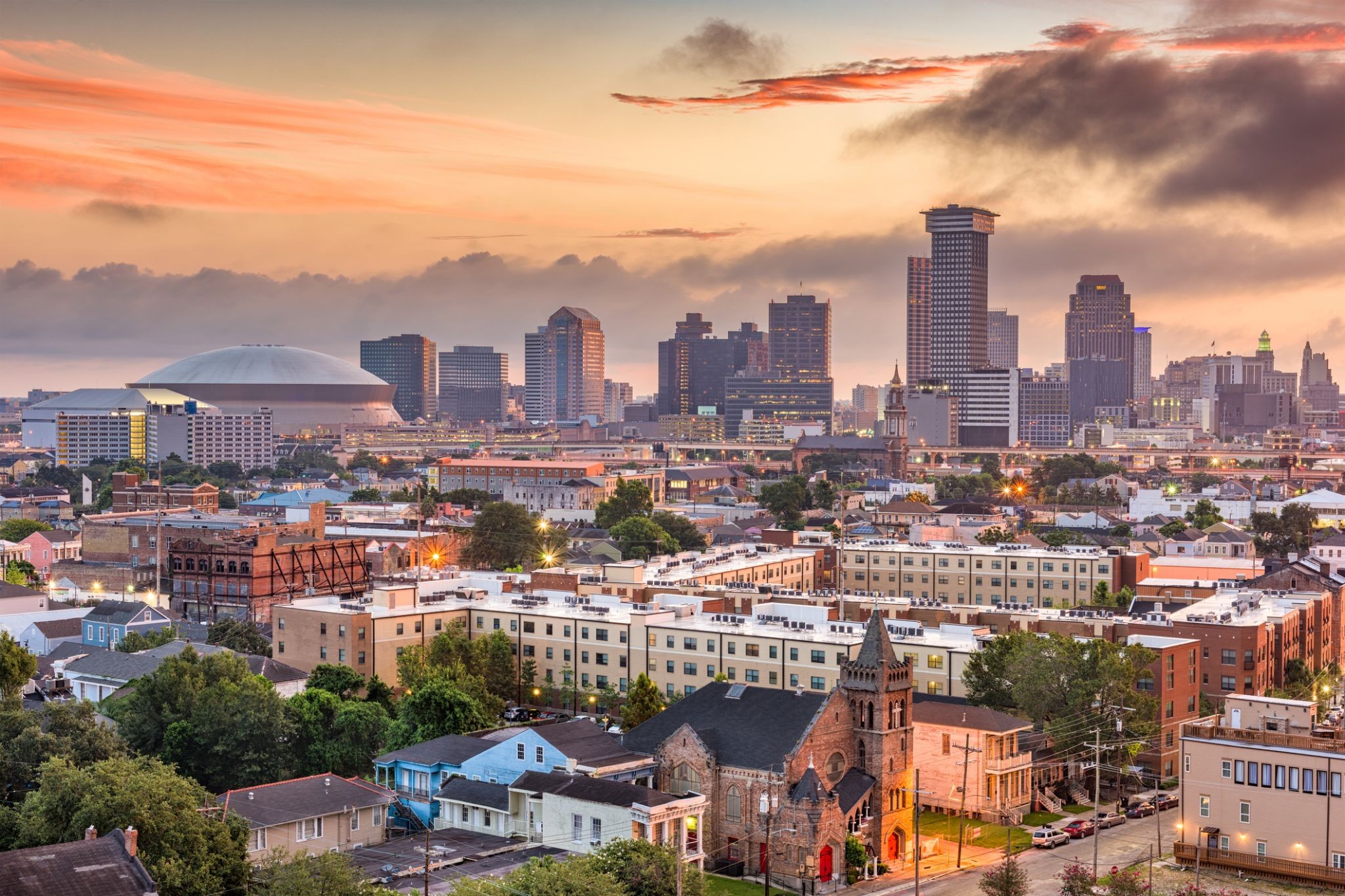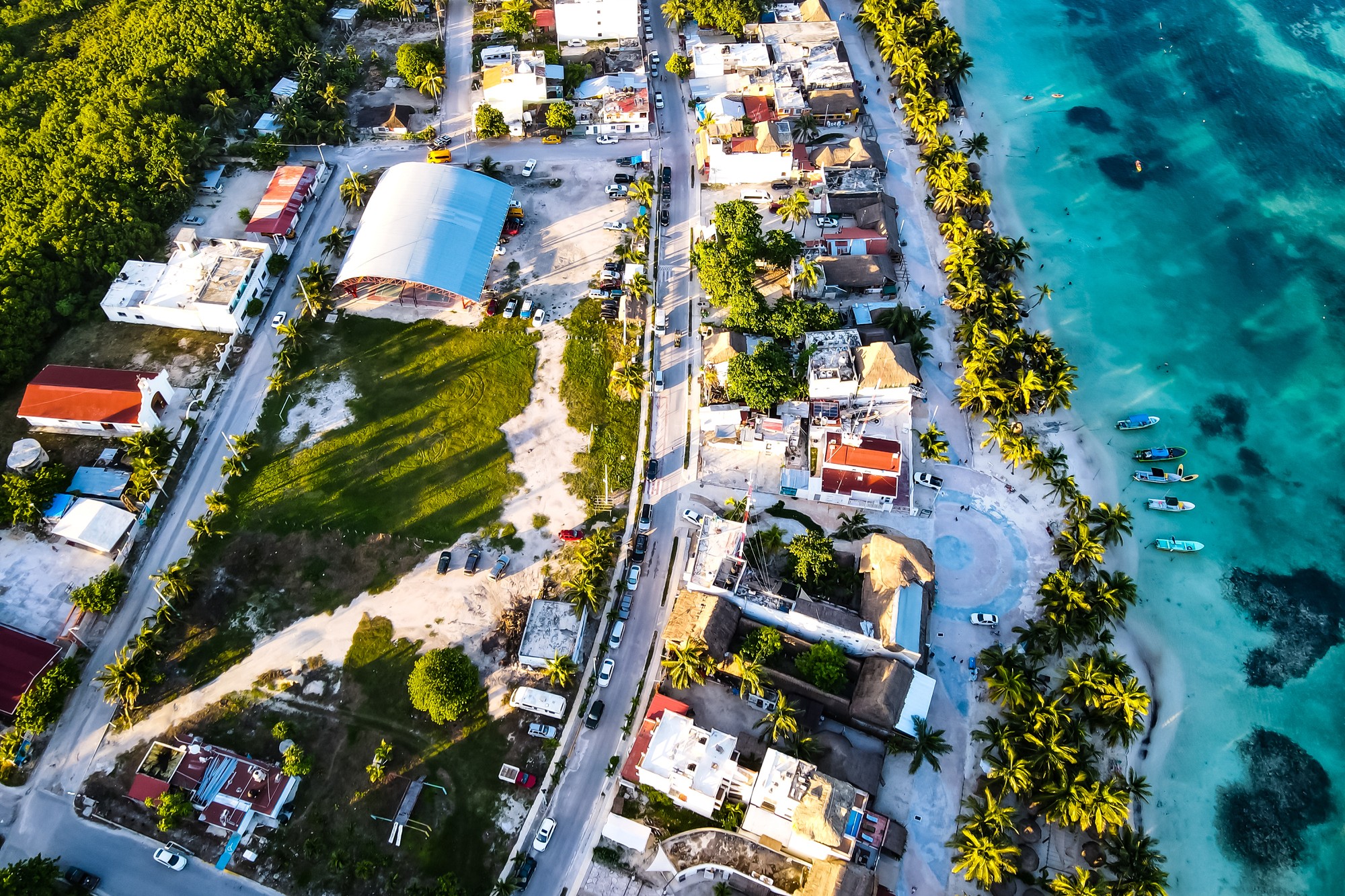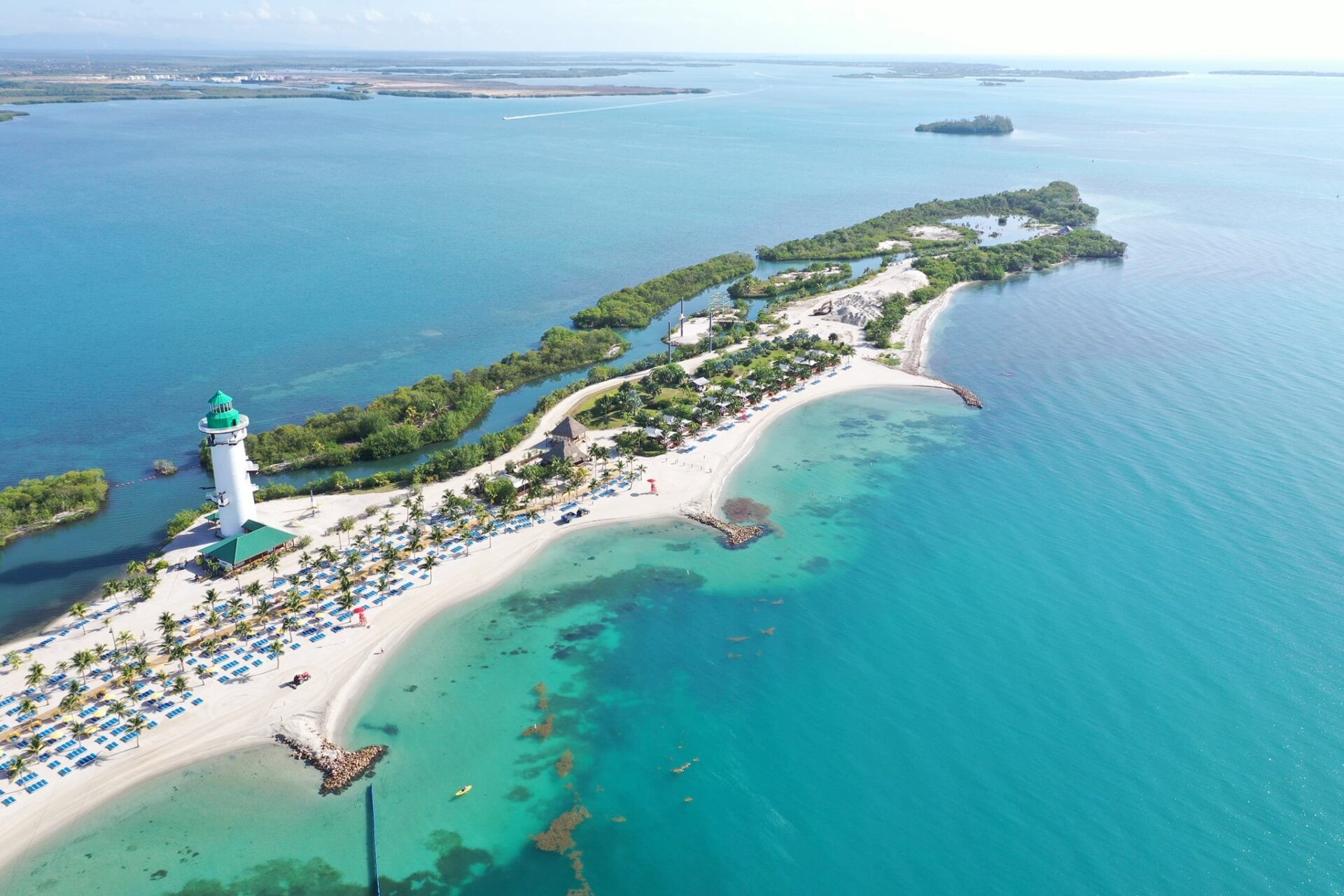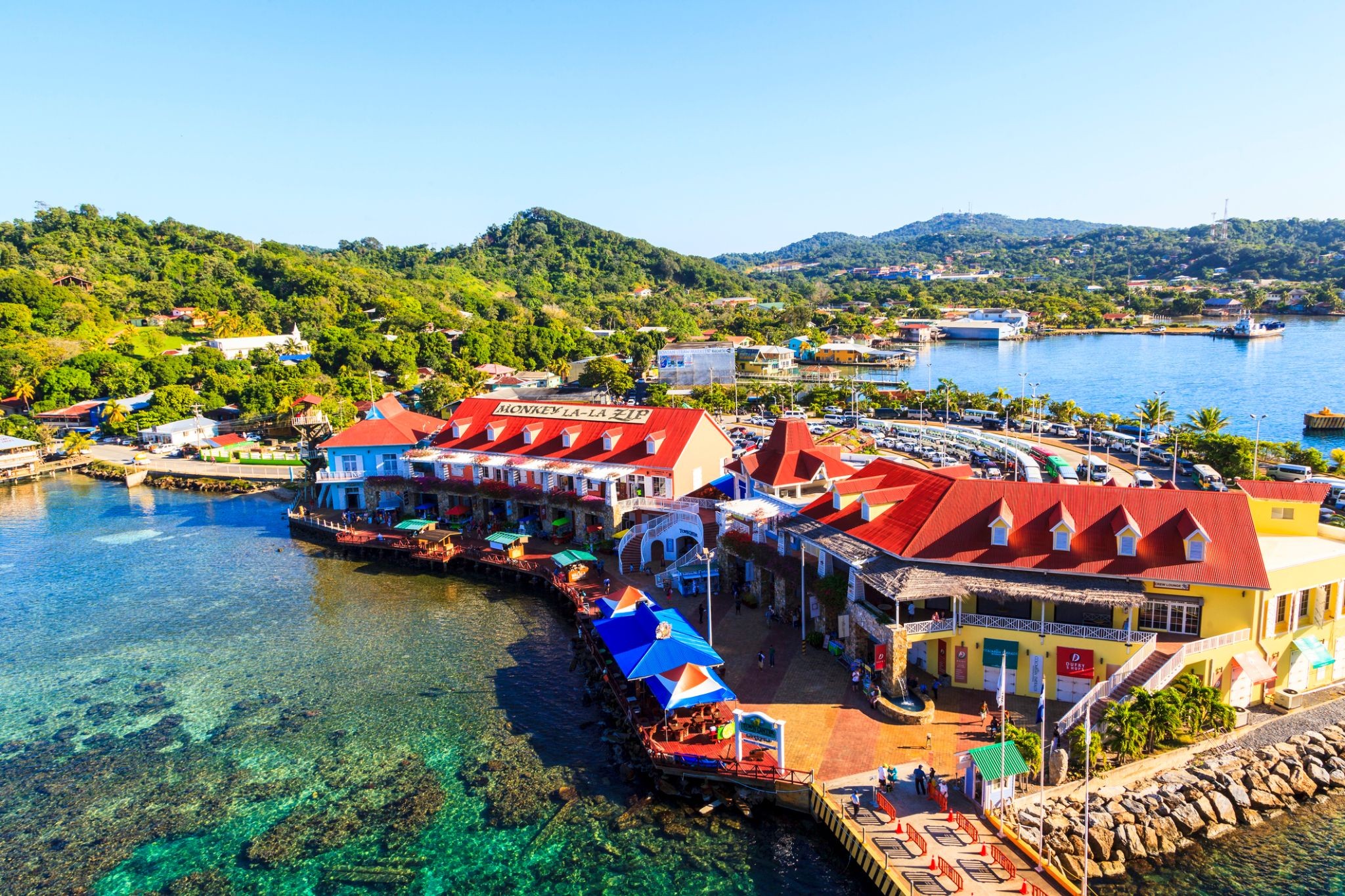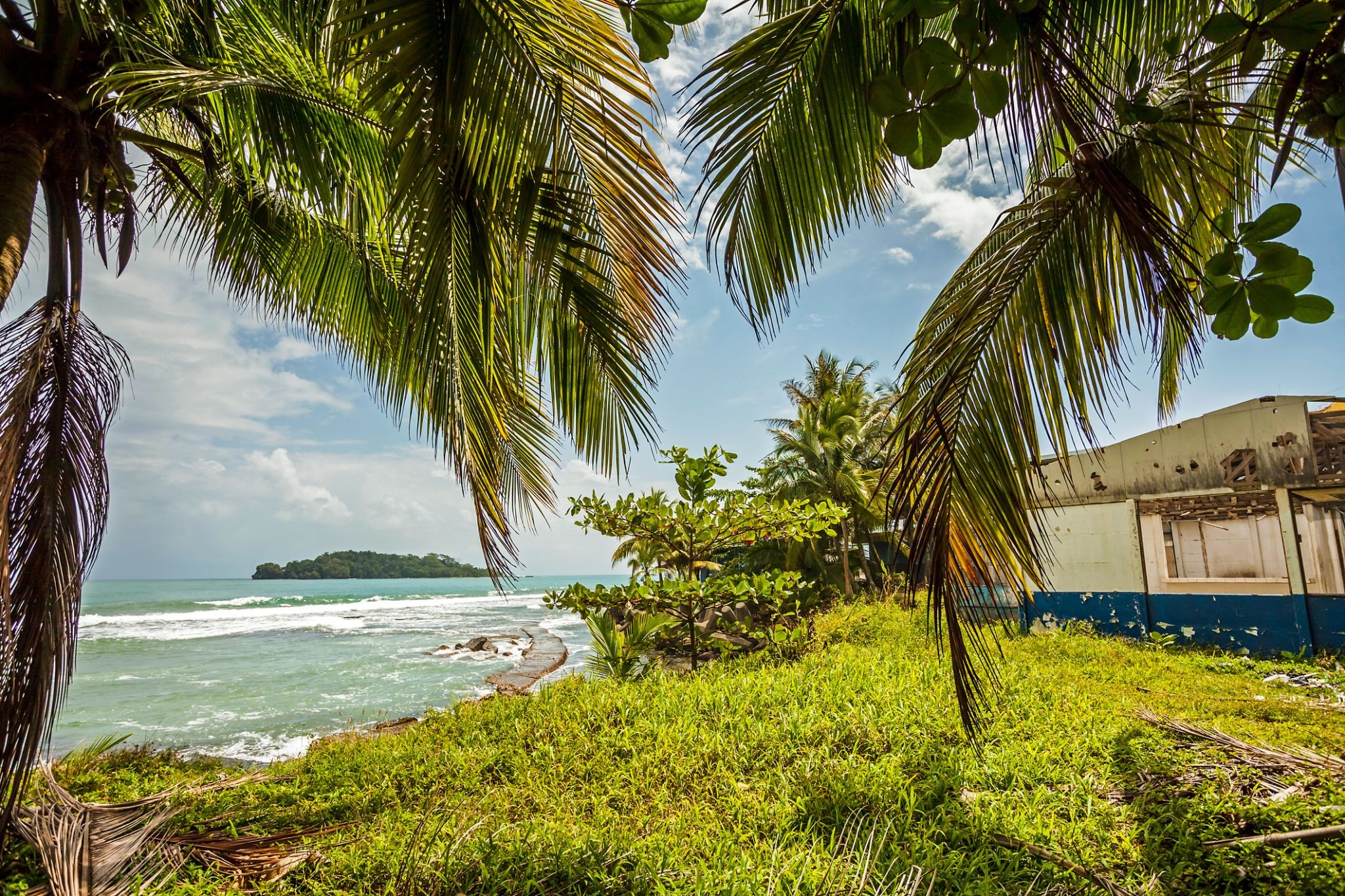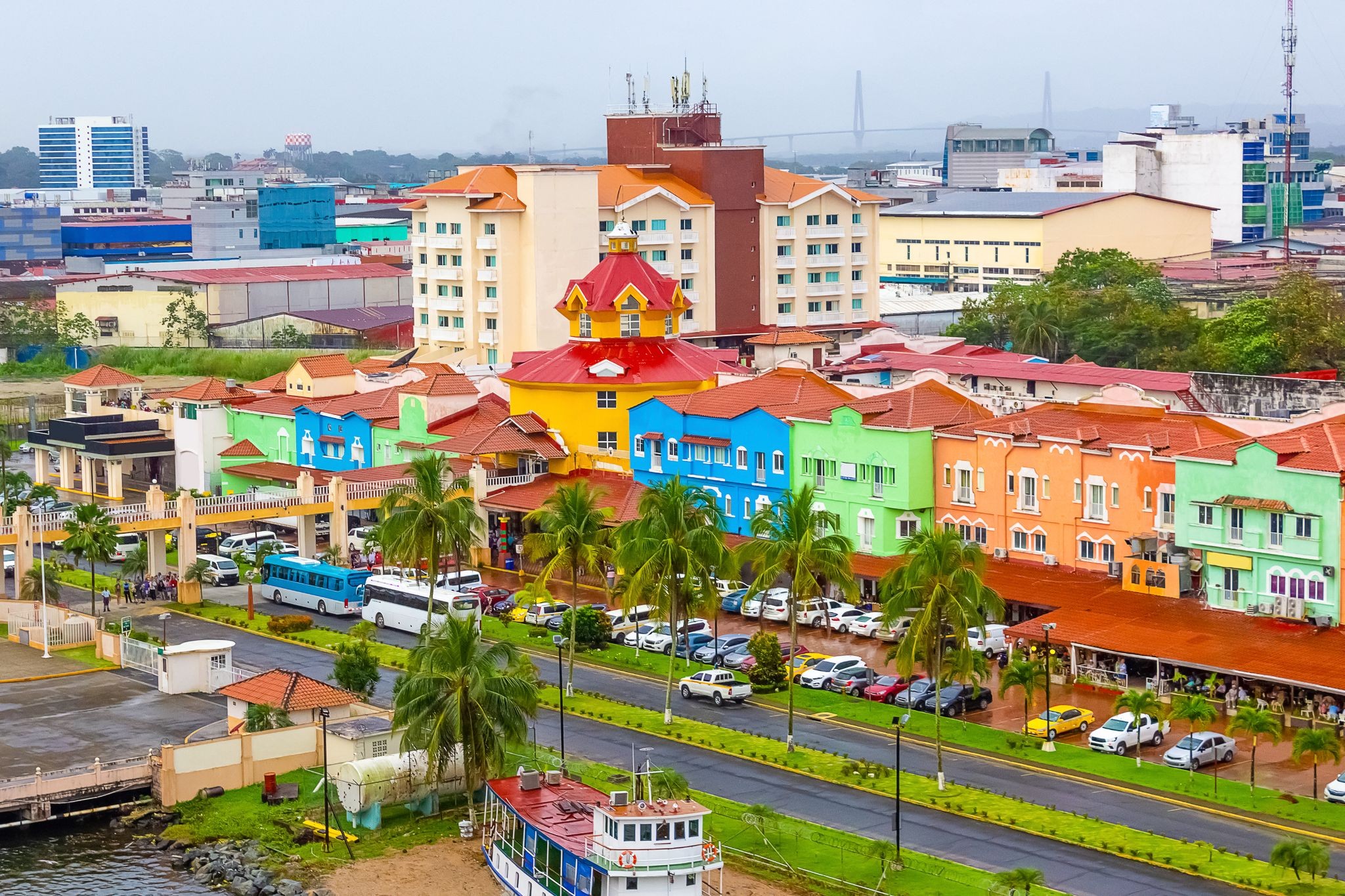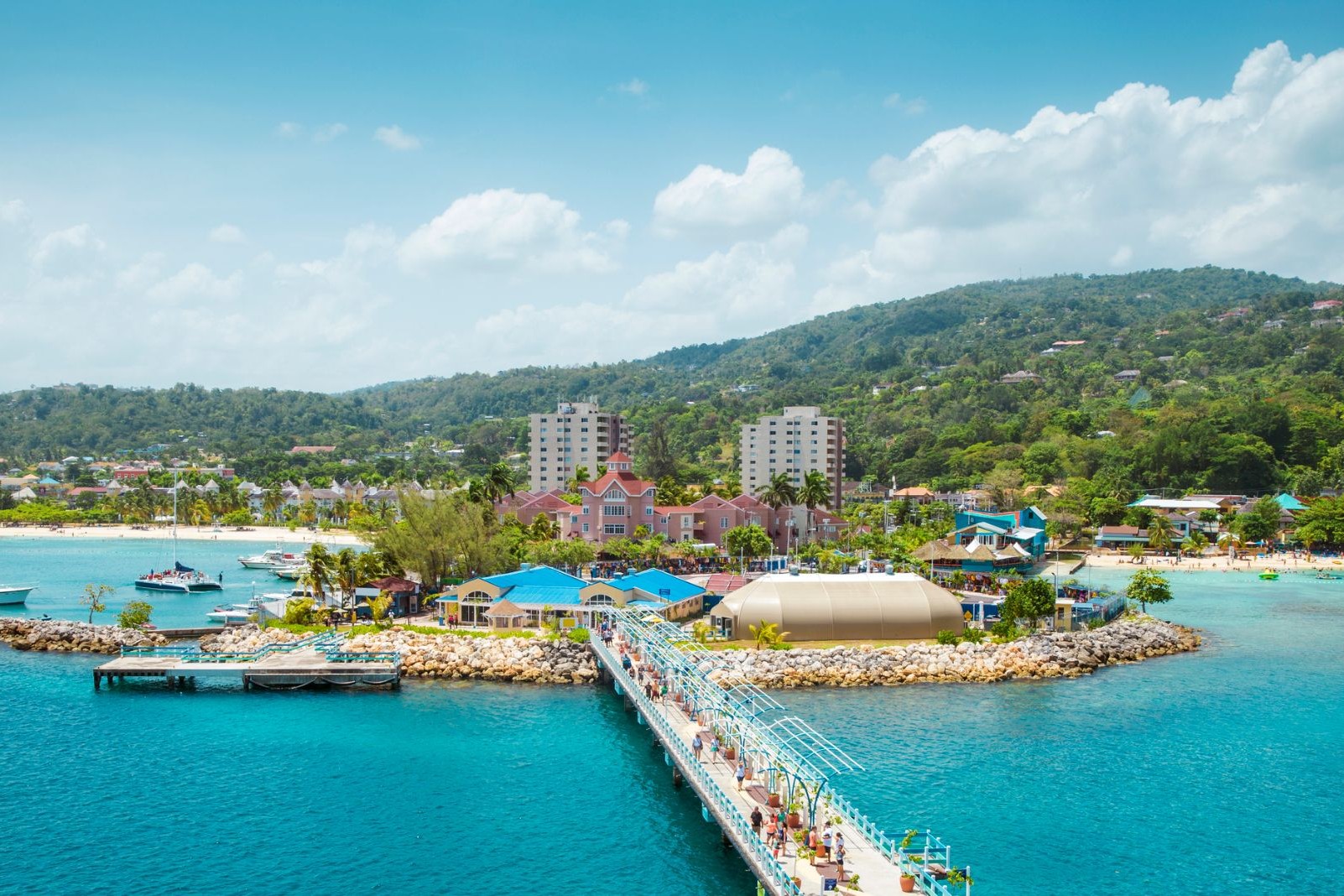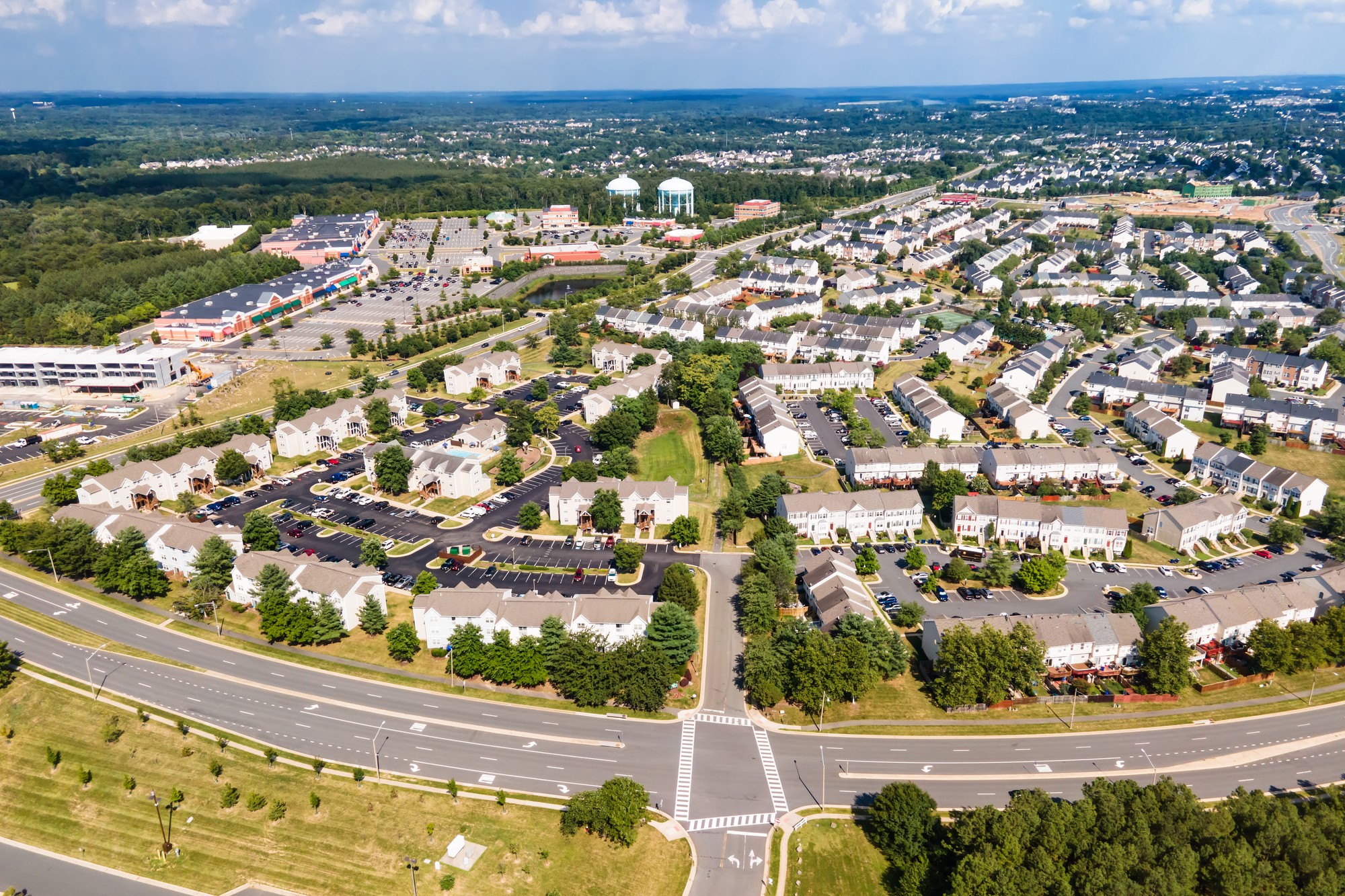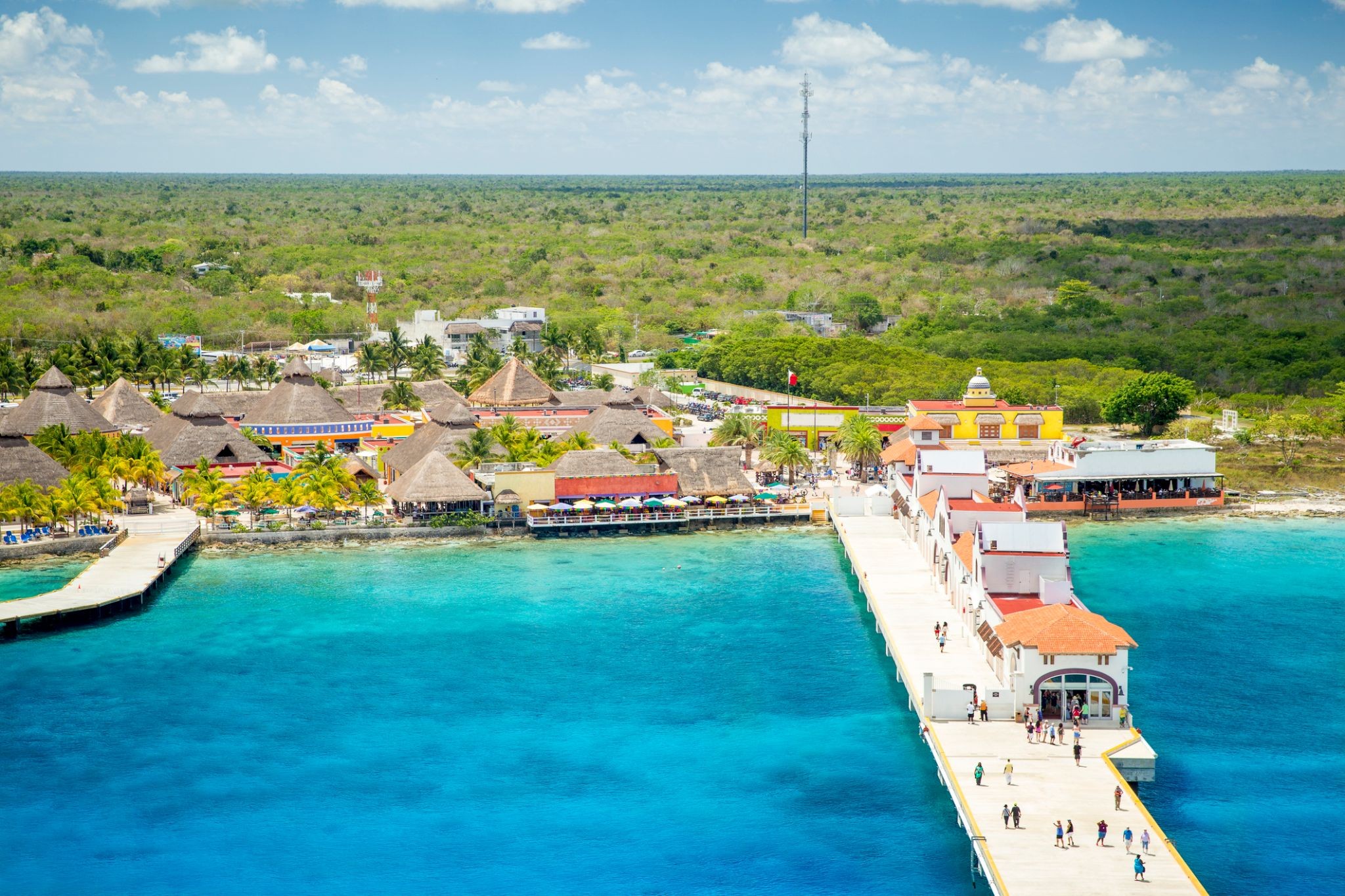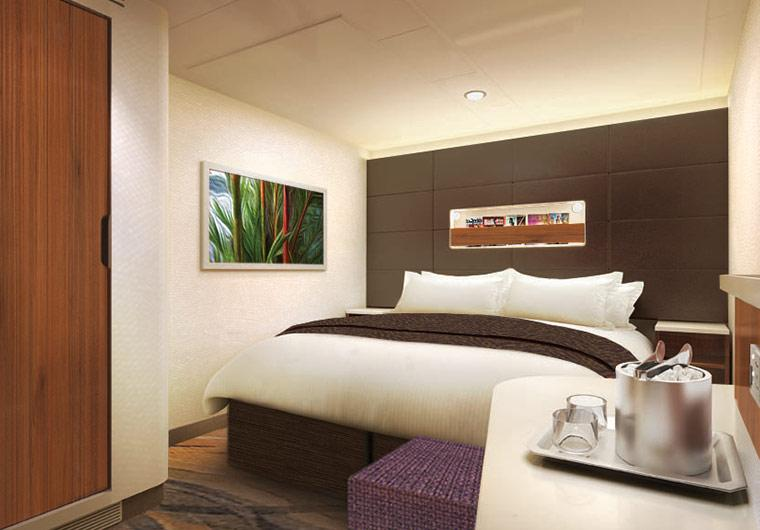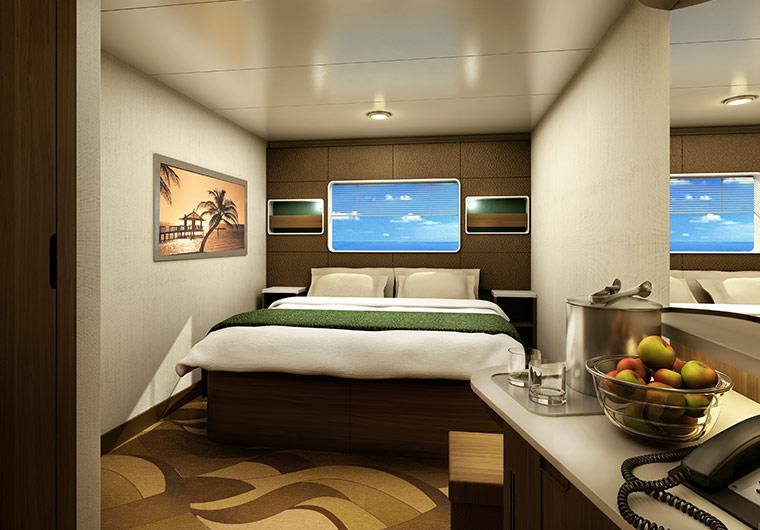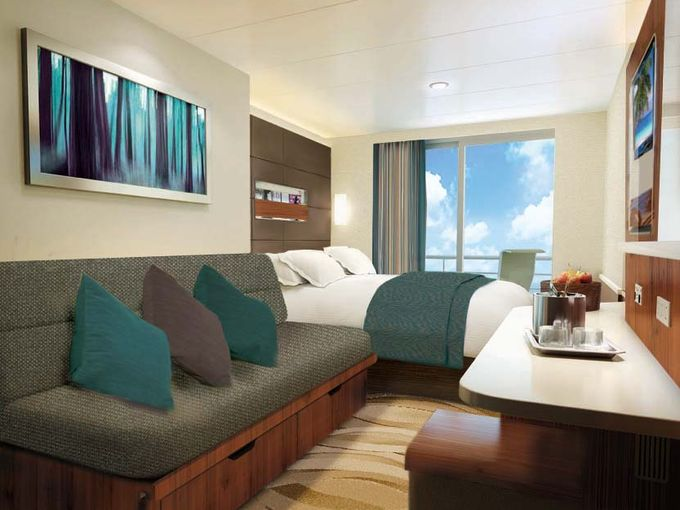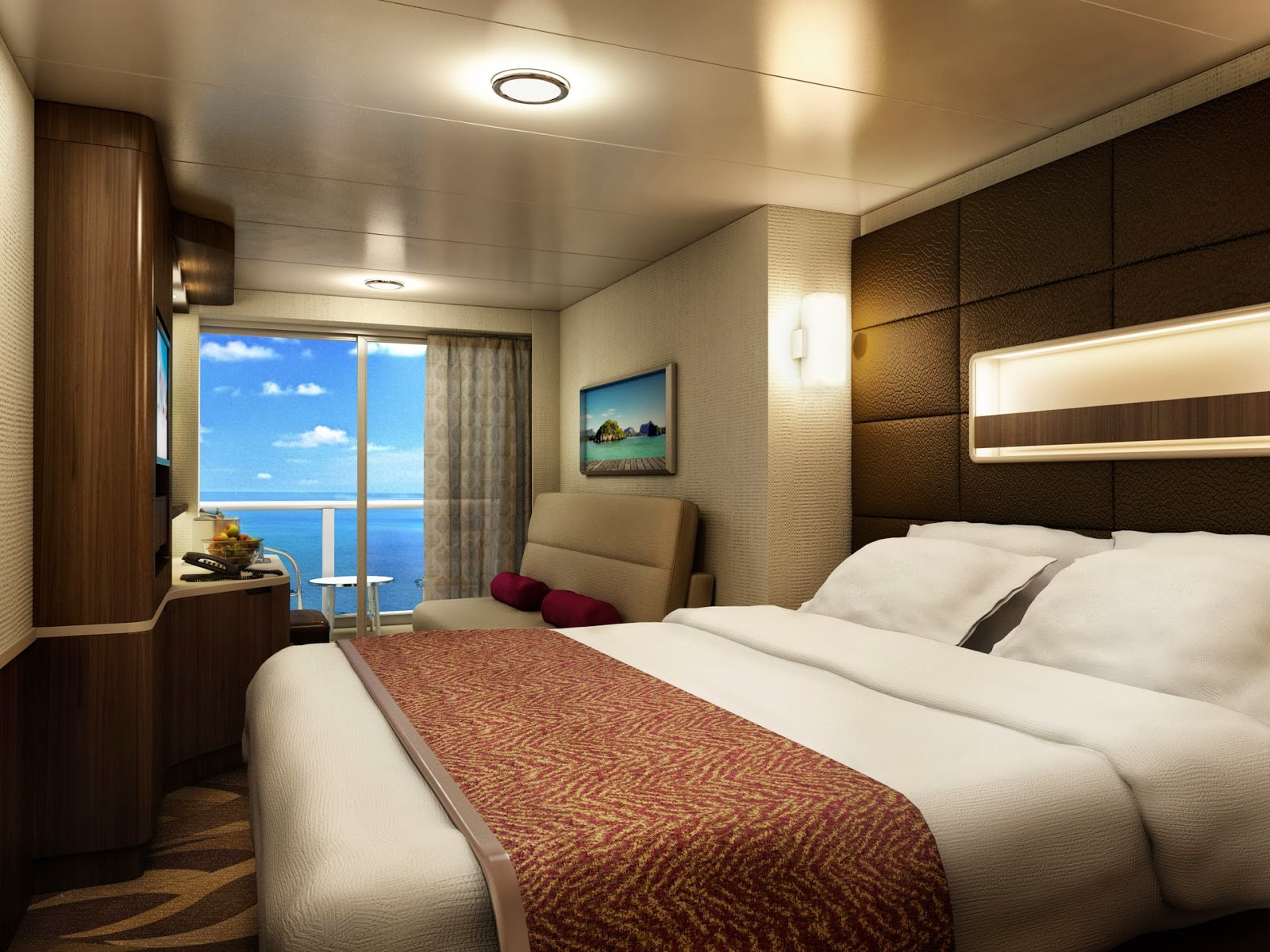Cruise: 30,931,021
Caribbean - Other Product
| Cruise Region : Caribbean, USA / Canada / Mexico |
| Company : Norwegian Cruise Lines |
| Ship : Norwegian Escape |
| Journey Start : Sun 01 Feb 2026 |
| Journey End : Sun 15 Feb 2026 |
| Count Nights : 14 nights |
Schedule
| Day | Date | Port | Arrival | Departure |
|---|---|---|---|---|
| 1 | 1.02 Sun | New Orleans / USA | 17:30 | |
| 2 | 2.02 Mon | Day at sea / Sea | ||
| 3 | 3.02 Tue | Costa Maya / Mexico | 12:00 | 20:00 |
| 4 | 4.02 Wed | Harvest Caye | 09:00 | 17:00 |
| 5 | 5.02 Thu | Cocksen Hole / Honduras | 07:00 | 17:00 |
| 6 | 6.02 Fri | Day at sea / Sea | ||
| 7 | 7.02 Sat | Puerto Limon / Costa Rica | 07:00 | 17:00 |
| 8 | 8.02 Sun | Column / Panama | 07:00 | 16:00 |
| 9 | 9.02 Mon | Cartagena Colombia | 10:00 | 20:00 |
| 10 | 10.02 Tue | Day at sea / Sea | ||
| 11 | 11.02 Wed | Ocho Rios / Jamaica | 07:00 | 16:00 |
| 12 | 12.02 Thu | Leesburg / USA | 07:00 | 15:00 |
| 13 | 13.02 Fri | San Miguel, Cozumel Island / Mexico | 09:00 | 17:00 |
| 14 | 14.02 Sat | Day at sea / Sea | ||
| 15 | 15.02 Sun | New Orleans / USA | 08:00 |
Accommodation in a cabin of the selected category during the entire cruise (TV, telephone, shower/bath, hairdryer, air conditioning).
All-inclusive meals, excluding alcoholic beverages under the Freestyle program - free meal time.
Order food to your cabin 24 hours (additional charges apply for delivery between 00:00 and 05:00).
Set for making tea and coffee in the cabin.
Coffee, tea, water and iced tea during breakfast, lunch and dinner.
All entertainment on board (evening shows, nightclubs, live music, etc.).
Sports activities (table tennis, basketball, tennis and golf)
Participation of children in Children's clubs.
Fitness center, sports court, jogging track, swimming pools and jacuzzi.
Port fees, taxes and taxes.
For guests of Suite and Penthouse class cabins (in addition to all of the above):
Butler and concierge service.
Unpacking luggage on the day of check-in.
Champagne, liqueurs, fruits, bottled water and soda drinks (only for guests of Garden Villas and Owner`s Suites)
Champagne, bottled water and fruit on planting day.
Food delivery to the cabin 24 hours.
Minibar and Espresso/Cappuccino machine.
Pillow menu.
Bathrobe and slippers.
Priority check-in for the ship.
Escort to your cabin on check-in day.
Private transfer from port to airport (Garden Villas guests only).
Additional charge
Tips for staff (included in the bill and paid at the end of the cruise): $20 per guest per day (for guests aged 3 and above) for Studio, Inside, View, Balcony and Club Balcony Suites; $25 per guest per day (for guests aged 3 and above) for The Haven Suites.
Casino, telephone, internet, video games.
Alcoholic and some non-alcoholic drinks.
Karaoke.
Bowling.
Laundry service.
Booking tables at alternative restaurants.
Registration of entry visas along the route.
Medical insurance.
Non-departure insurance (optional).
Air travel and transfers.
Excursions at ports of call.
Minibar in the cabin.
Personal services on board (SPA, beauty salon, laundry).
NORWEGIAN CRUISE LINE DRINK PACKAGES
Beverages are not included in the basic fare of Norwegian Cruise Line cruises.
The price includes only tea, coffee, water and juice from the machines in the buffet area. Other drinks, including minibar, water in restaurants, coffee not from a machine, etc. - for an additional fee.
Some guests who have added the Free at Sea package when booking have the opportunity to use the Premium Beverage Package during the cruise.
PREMIUM BEVERAGE PACKAGE - $109/person/day
A wide selection of premium alcoholic and non-alcoholic beverages both on board and ashore (during the visit to the private island of NCL Great Stirrup Cay). The package includes:
• select high-quality cocktails and alcoholic beverages, priced up to $15 per glass;
• a variety of beer and wine by the glass, valued at up to $15 per glass;
• 20% discount on bottled wine and champagne;
• unlimited soft drinks and juices.
Please note! This beverage package must be purchased for all guests in the cabin aged 21 and over. Guests in the cabin aged 21 and under must purchase the Unlimited Soda Package.
Please note! At the end of the cruise, guests will be charged a 20% service charge for beverage service. This service charge will not be added for guests using the Free at Sea package
PREMIUM PLUS (aged 21 and over) - $138 /person/day
The widest selection of beverages on board. Also valid on the private island of Great Stirrup Cay. Includes:
• all cocktails and alcoholic beverages;
• all beer, champagne, wine by the glass;
• all premium bottled wines and champagnes at a discount of -40%;
• unlimited soft drinks and juices;
• unlimited sparkling and still bottled drinks;
• all types of coffee and Starbucks ® specialty drinks;
• energy drinks.
Please note! The Premium Plus beverage package is available for upgrading to the Unlimited Open Bar package if you purchase a cruise under the Free at Sea system.
Important! This beverage package must be purchased for all guests in the cabin aged 21 and over. Guests in the cabin aged 21 and under must purchase the Unlimited Soda Package.
A 20% service charge for beverage service will be added to guests at the end of the cruise.
For guests who booked the Free at Sea package, it is possible to upgrade the package to Premium Plus for +29$/day
HAWAI BEVERAGE PACKAGE (only on Pride of America) - $109/person/day
A wide selection of drinks, costing up to $15 per glass.
The price of the package includes:
• cocktails;
• wine by the glass, beer and champagne;
• water, soft drinks;
• coffee, soda.
This drink package is only applicable on cruises on the Pride of America ship for 1-2 guests per cabin.
This drink package does not include the use of the minibar and drinks from the machines.
UNLIMITED SODA PACKAGE - $9.95/person/day
Unlimited carbonated drinks throughout the cruise. Includes:
• Coca-Cola, Diet Coke;
• Sprite;
• juices;
• ginger ale;
• tonics;
• fanta and soda.
UNLIMITED STARBUKS PACKAGE - $12.95/person/day
Unlimited drinks in Starbucks coffee shops.
Includes all branded drinks:
• coffee
• tea
• signature drinks
TERMS OF USE OF DRINK PACKAGES
Drink packages cannot be shared.
Drink packages must be purchased for all guests in the cabin. For minors (under 21 years old) when booking, it is necessary to add the Unlimited Soda Package, in case other guests purchase alcoholic drink packages.
The package cannot be purchased for 1 day, it must be purchased for the entire cruise.
If during the cruise the guest does not consume drinks on any of the days, the cost of the package is non-refundable.
Guests are entitled to 2 drinks in a single order, worth up to $15 per glass.
The cruise line reserves the right to make changes to the price of the beverage package, of which the guest will be notified in advance.
Some beverage brands listed in the flyers may not be available during sailing in a certain region or on a specific ship (for example, Starbucks coffee shops are not available on all Norwegian Cruise Line ships).
A 20% service charge will be automatically added to the guest's bill at the end of the cruise. Does not apply if the cabin is booked under the Free at Sea concept.
Payment Terms
To confirm your booking, a minimum deposit of 20% of the trip cost is required.
Final payment must be made no later than 90 days before the cruise departure.
The deposit or full payment must be made immediately after the booking is created, according to the payment terms. Payment can be made by invoice or using the following credit cards: American Express, MasterCard, and Visa. When paying by card, we require the following details: card number, cardholder's name, card expiration date, cardholder's postcode, and the three-digit security code on the back of the card.
Cruise Cancellation Policy
Period Before Departure Cancellation Fee
More than 29 days 20%
28 - 15 days 50%
14 - 8 days 75%
7 days or less+ 95%
The following cancellation fees will apply for confirmed Cruisetours packages:
Period Before Departure Cancellation Fee
More than 29 days 20%
28 days less+ 95%
-
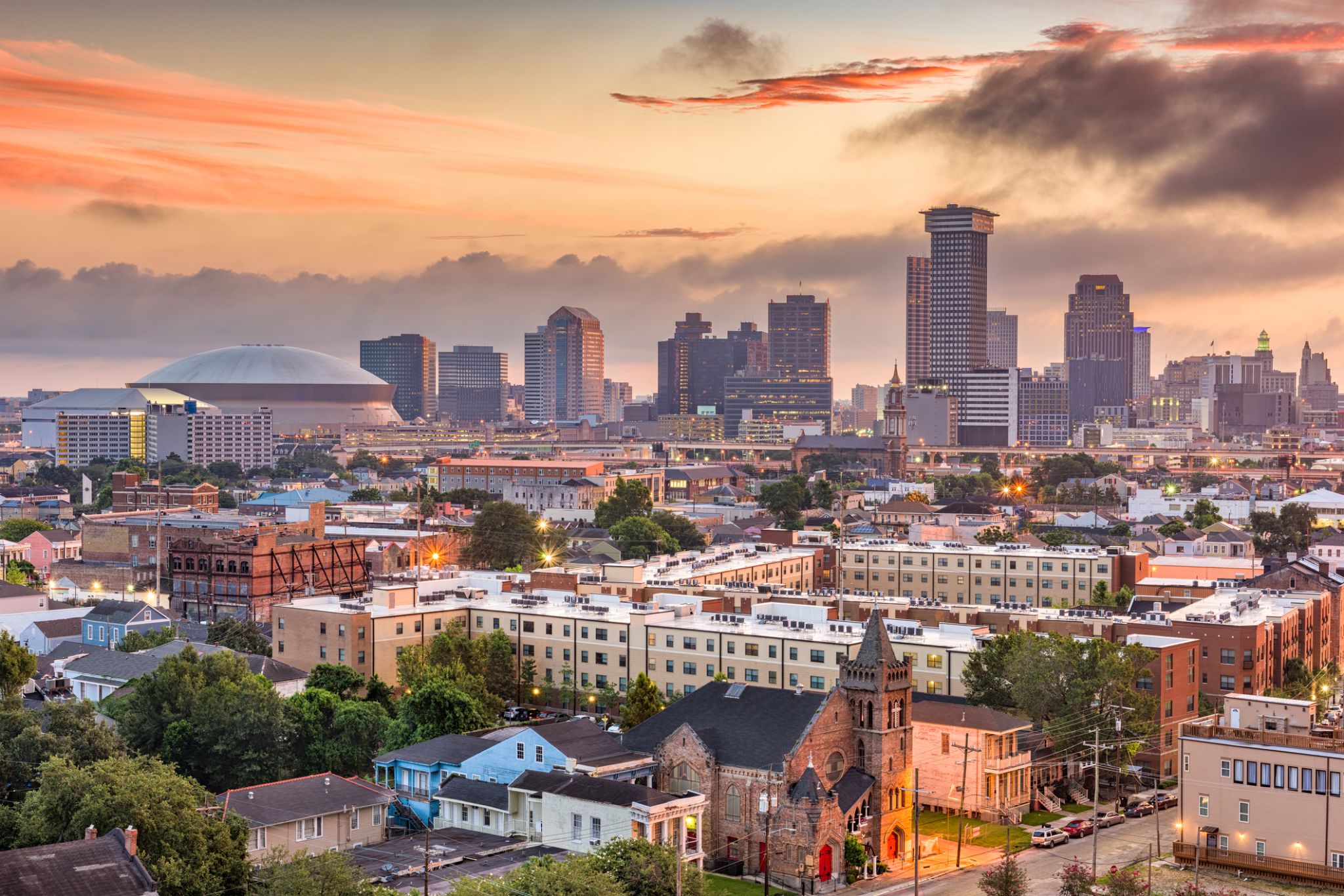 Day 1: 17:30
Day 1: 17:30New Orleans / USA
New Orleans is a consolidated city-parish located along the Mississippi River in the southeastern region of the U.S. state of Louisiana. With an estimated population of 393,292 in 2017, it is the most populous city in Louisiana. A major port, New Orleans is considered an economic and commercial hub for the broader Gulf Coast region of the United States.
New Orleans is world-renowned for its distinct music, Creole cuisine, unique dialect, and its annual celebrations and festivals, most notably Mardi Gras. The historic heart of the city is the French Quarter, known for its French and Spanish Creole architecture and vibrant nightlife along Bourbon Street. The city has been described as the "most unique" in the United States, owing in large part to its cross-cultural and multilingual heritage. Founded in 1718 by French colonists, New Orleans was once the territorial capital of French Louisiana before being traded to the United States in the Louisiana Purchase of 1803. New Orleans was once the third-most populous city in the United States, and it was the largest city in the American South from the Antebellum era until after World War II. The city's location and low elevation have historically made it very vulnerable to flooding, leading to the installation of a complex system of levees and drainage pumps.
New Orleans was severely affected by Hurricane Katrina in 2005, flooding over 80% of the city and causing a population decline of over 50%. Since Katrina, major redevelopment efforts have led to a rebound in the city's population. Although, concerns about gentrification, new residents buying property in closely knit communities, and displacement of longtime residents have been voiced.
The city and Orleans Parish (French: paroisse d'Orléans) are coterminous. As of 2017, Orleans Parish is the third most-populous parish in Louisiana, behind East Baton Rouge Parish and neighboring Jefferson Parish. The city and parish are bounded by St. Tammany Parish and Lake Pontchartrain to the north, St. Bernard Parish and Lake Borgne to the east, Plaquemines Parish to the south, and Jefferson Parish to the south and west.
The city anchors the larger New Orleans metropolitan area which had an estimated population of 1,275,762 in 2017, making it the most populous metropolitan area in Louisiana and the 46th-most populated in the United States.
-
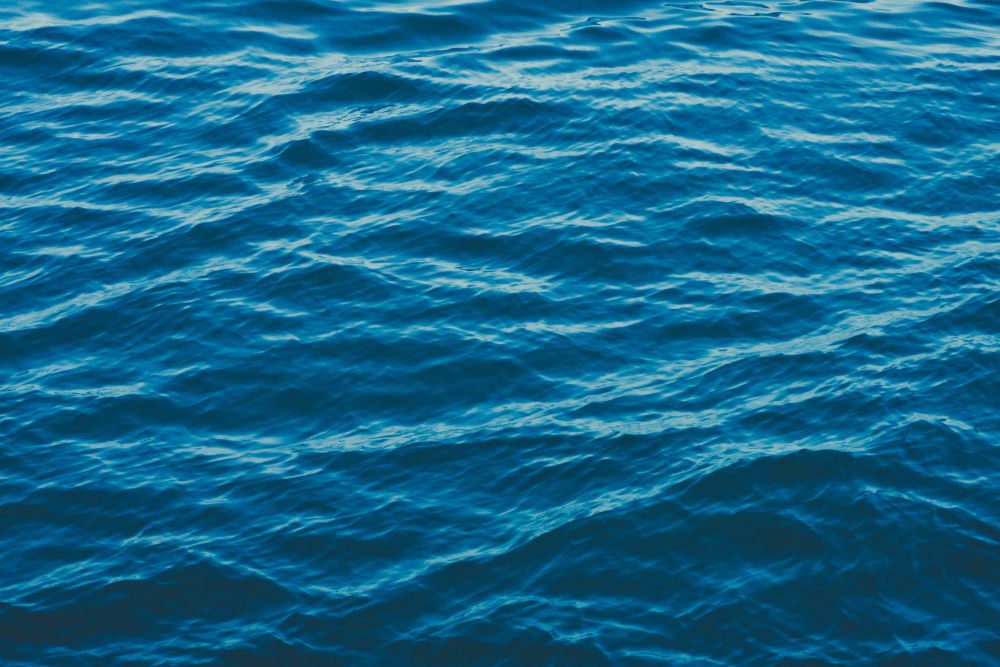 Day 2:
Day 2:Day at sea / Sea
-
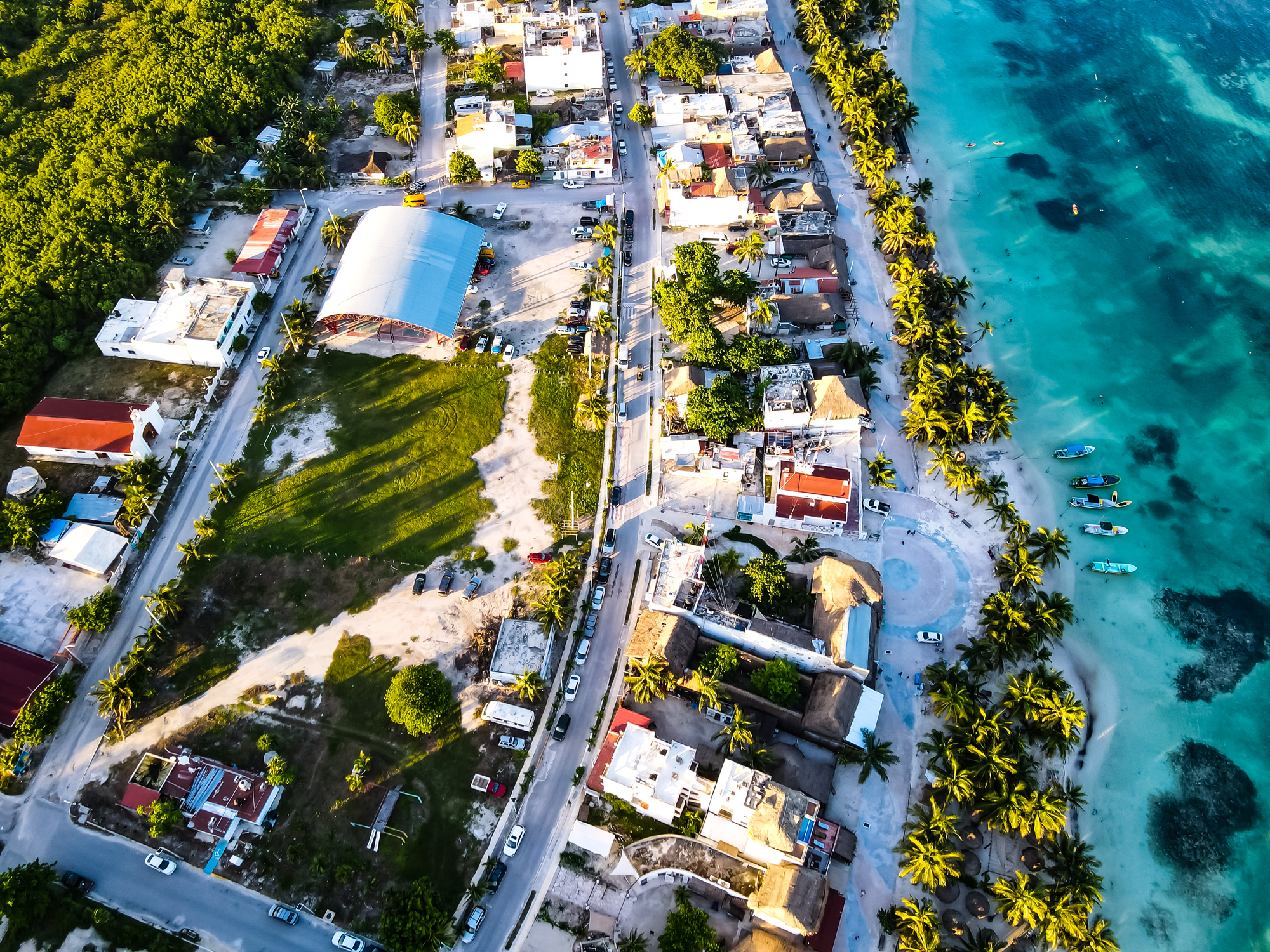 Day 3: 12:00-20:00
Day 3: 12:00-20:00Costa Maya / Mexico
-
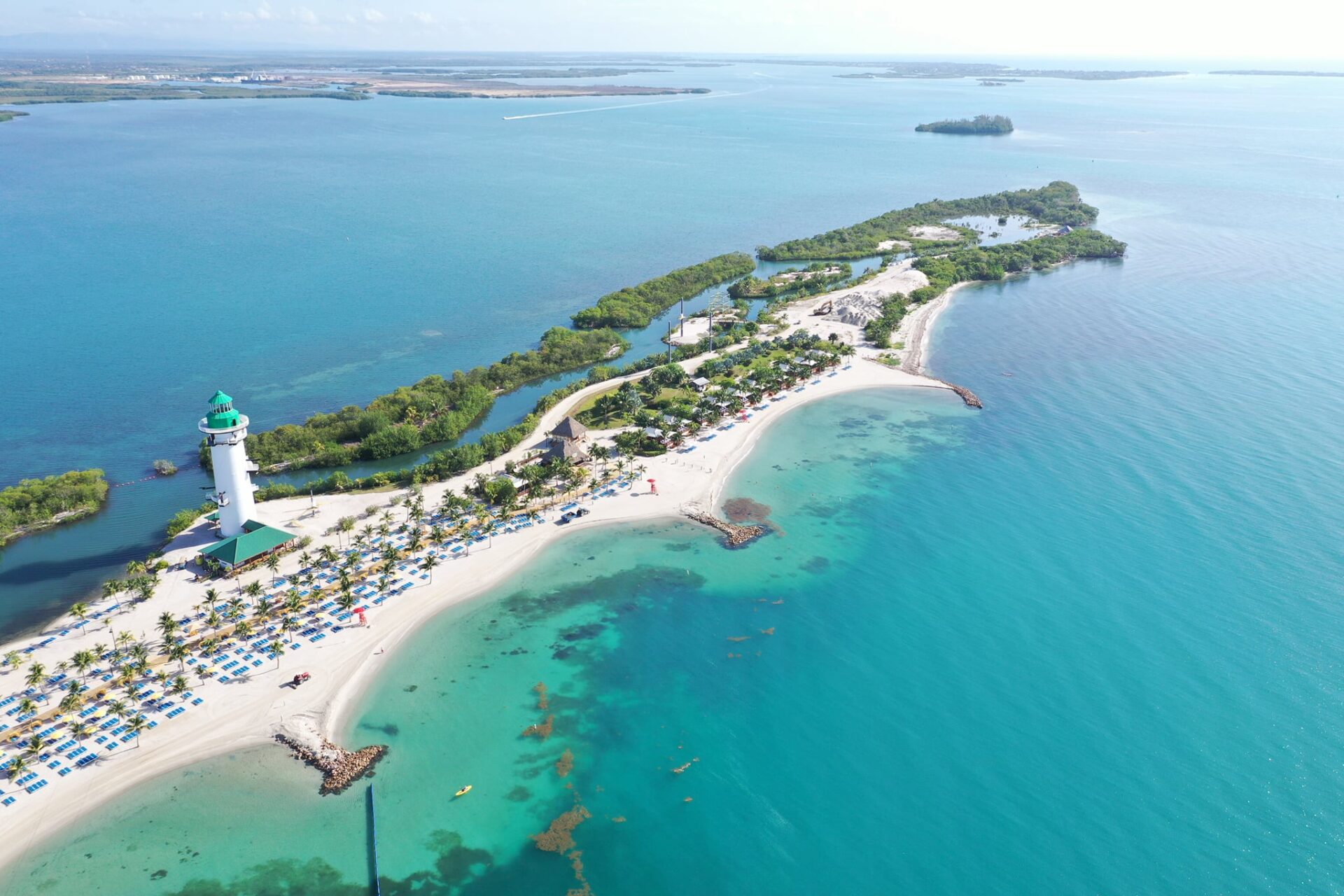 Day 4: 09:00-17:00
Day 4: 09:00-17:00Harvest Caye
-
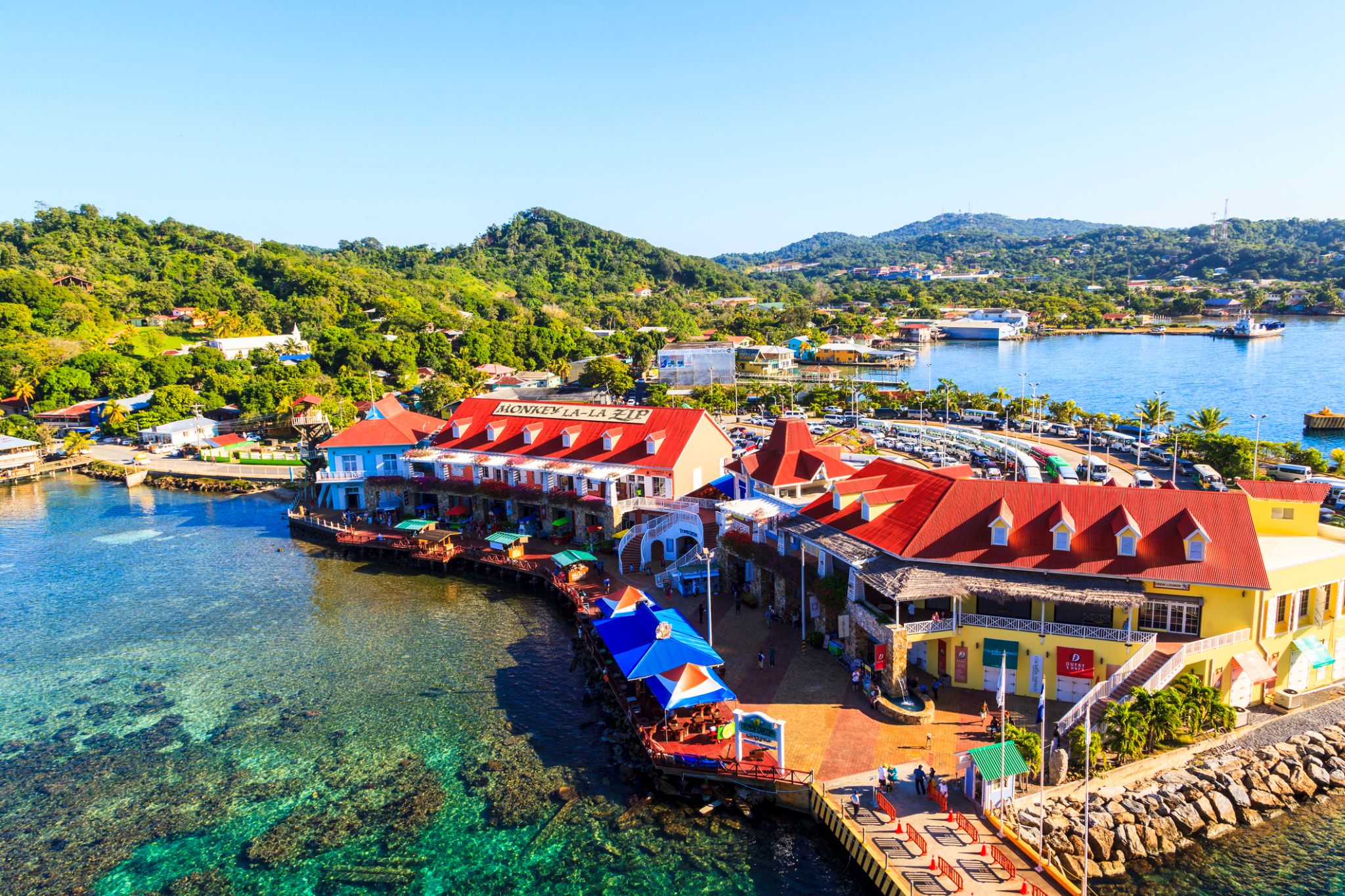 Day 5: 07:00-17:00
Day 5: 07:00-17:00Cocksen Hole / Honduras
-
 Day 6:
Day 6:Day at sea / Sea
-
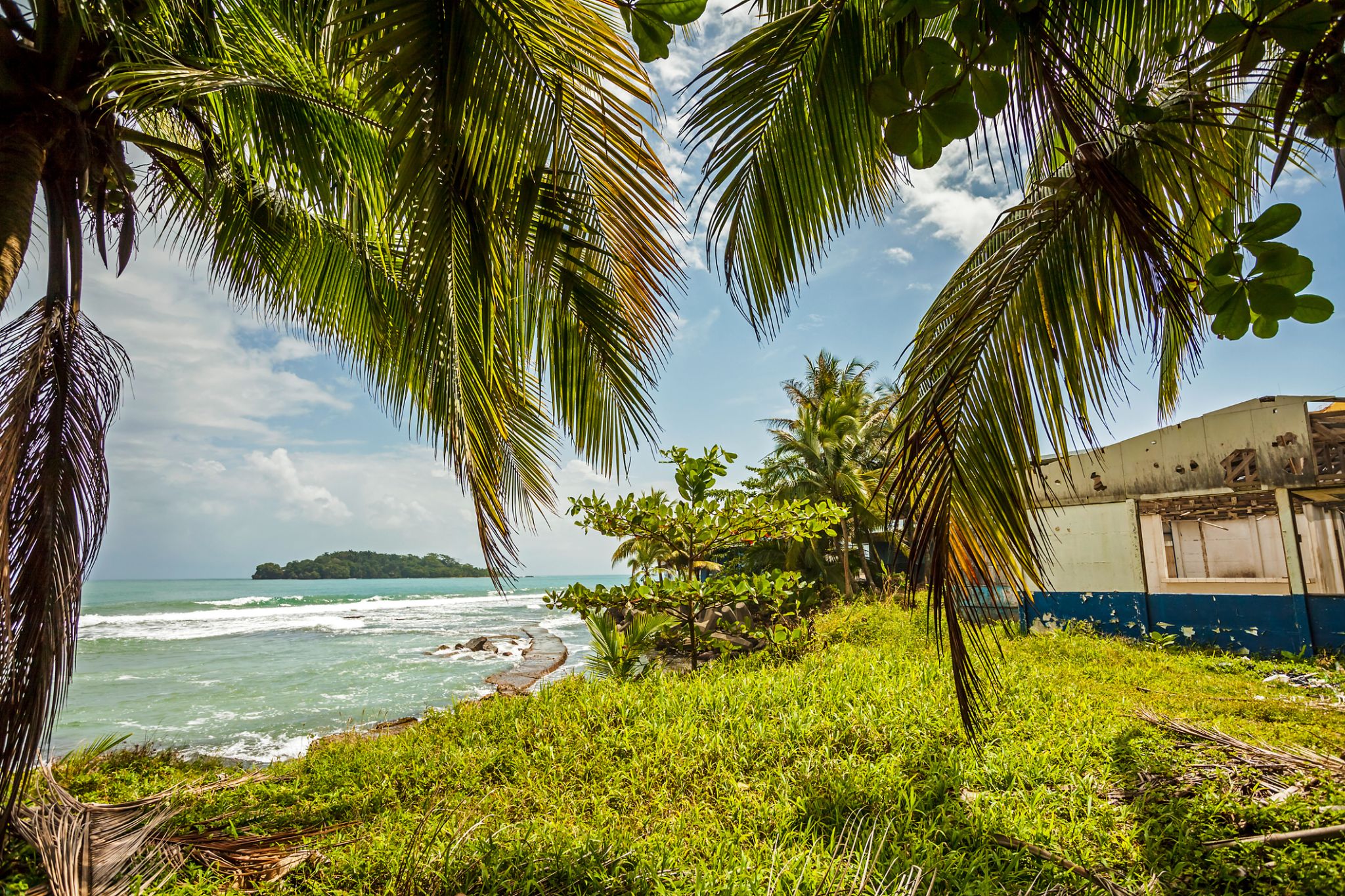 Day 7: 07:00-17:00
Day 7: 07:00-17:00Puerto Limon / Costa Rica
Puerto Limón, commonly known as Limón (Spanish for "lemon"), is the capital city and main hub of Limón province, as well as of the cantón (county) of Limón in Costa Rica. It is the second largest city in Costa Rica, with a population of over 55,000, and is home of the Afro-Costa Rican community. Part of the community traces its roots to Italian, Jamaican and Chinese laborers who worked on a late nineteenth-century railroad project that connected San José to Puerto Limón. Until 1948, the Costa Rican government did not recognize Afro-Caribbean people as citizens and restricted their movement outside Limón province. As a result of this "travel ban", this Afro-Caribbean population became firmly established in the region, which influenced decisions not to move even after it was legally permitted. Nowadays, there is a significant outflow of Limón natives who move to the country's Central Valley in search for better employment and education. The Afro-Caribbean community speaks Spanish and Limonese Creole, a creole of English.
Puerto Limón contains two port terminals, Limón and Moín, which permit the shipment of Costa Rican exports as well as the anchoring of cruise ships. In 2016, the government pledged ₡93 million ($166,000) for a new cruise ship terminal for Puerto Limón.
Health care is provided for the city by Hospital Dr. Tony Facio Castro. Two small islands, Uvita Island and Isla de Pájaros, are just offshore.
-
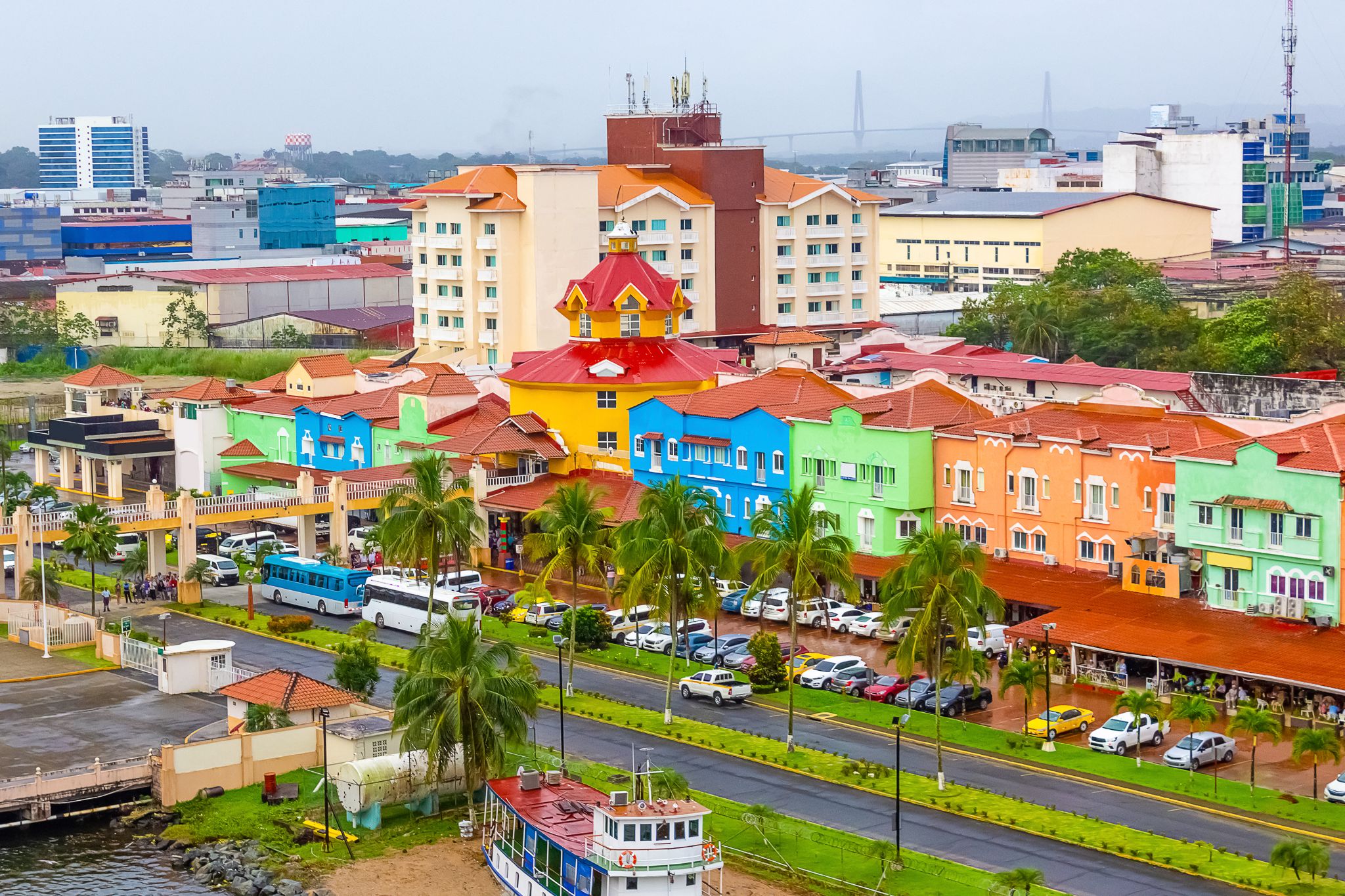 Day 8: 07:00-16:00
Day 8: 07:00-16:00Column / Panama
Colon
-
 Day 9: 10:00-20:00
Day 9: 10:00-20:00Cartagena Colombia
-
 Day 10:
Day 10:Day at sea / Sea
-
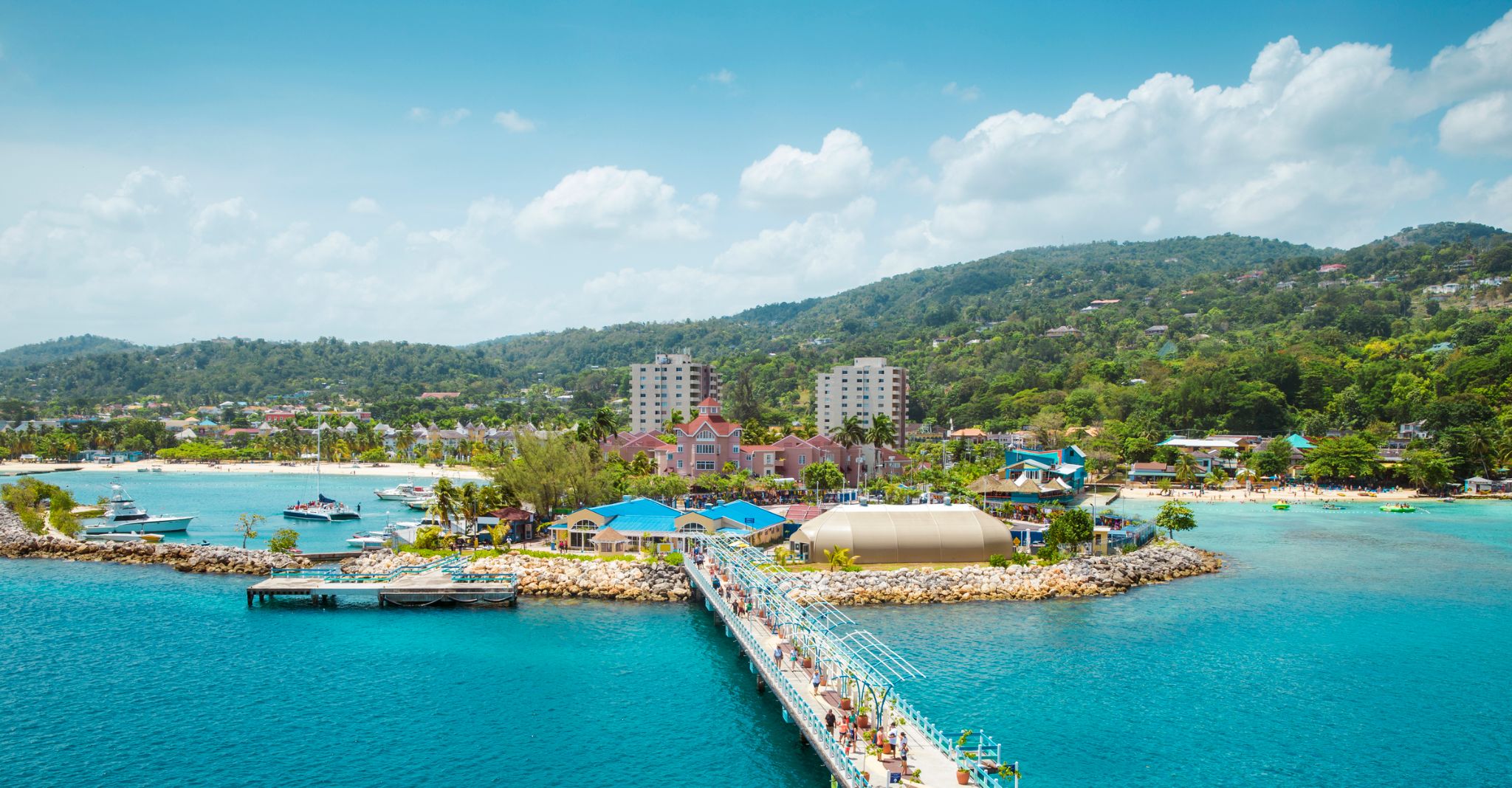 Day 11: 07:00-16:00
Day 11: 07:00-16:00Ocho Rios / Jamaica
Ocho Rios (Spanish for "Eight Rivers") is a town in the parish of Saint Ann on the north coast of Jamaica. Just outside the city, travelers and residents can visit Columbus Park, where Columbus supposedly first came on land, and see maritime artifacts and Spanish colonial buildings.
It was once a fishing village but now caters to tourists.
-
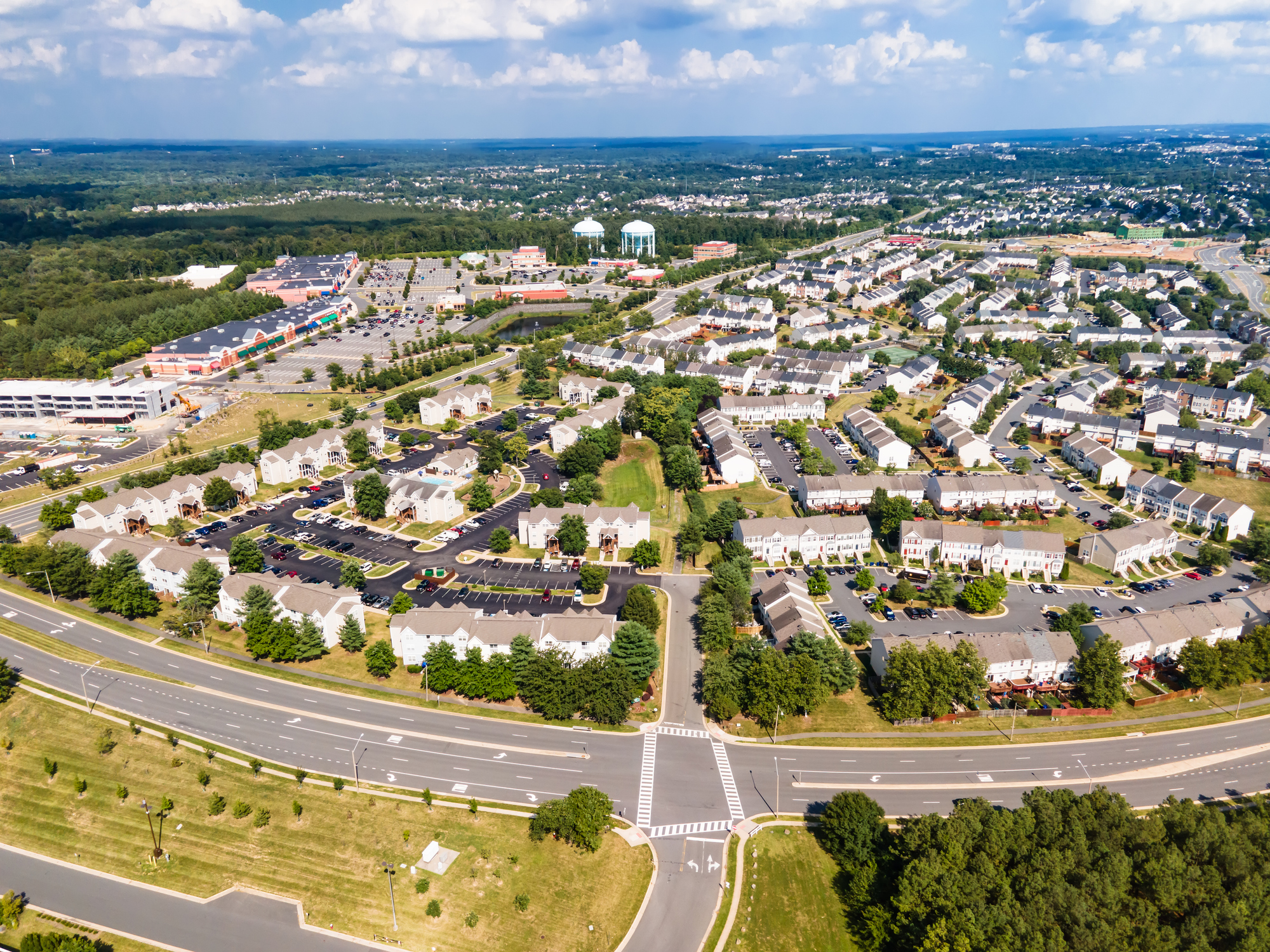 Day 12: 07:00-15:00
Day 12: 07:00-15:00Leesburg / USA
-
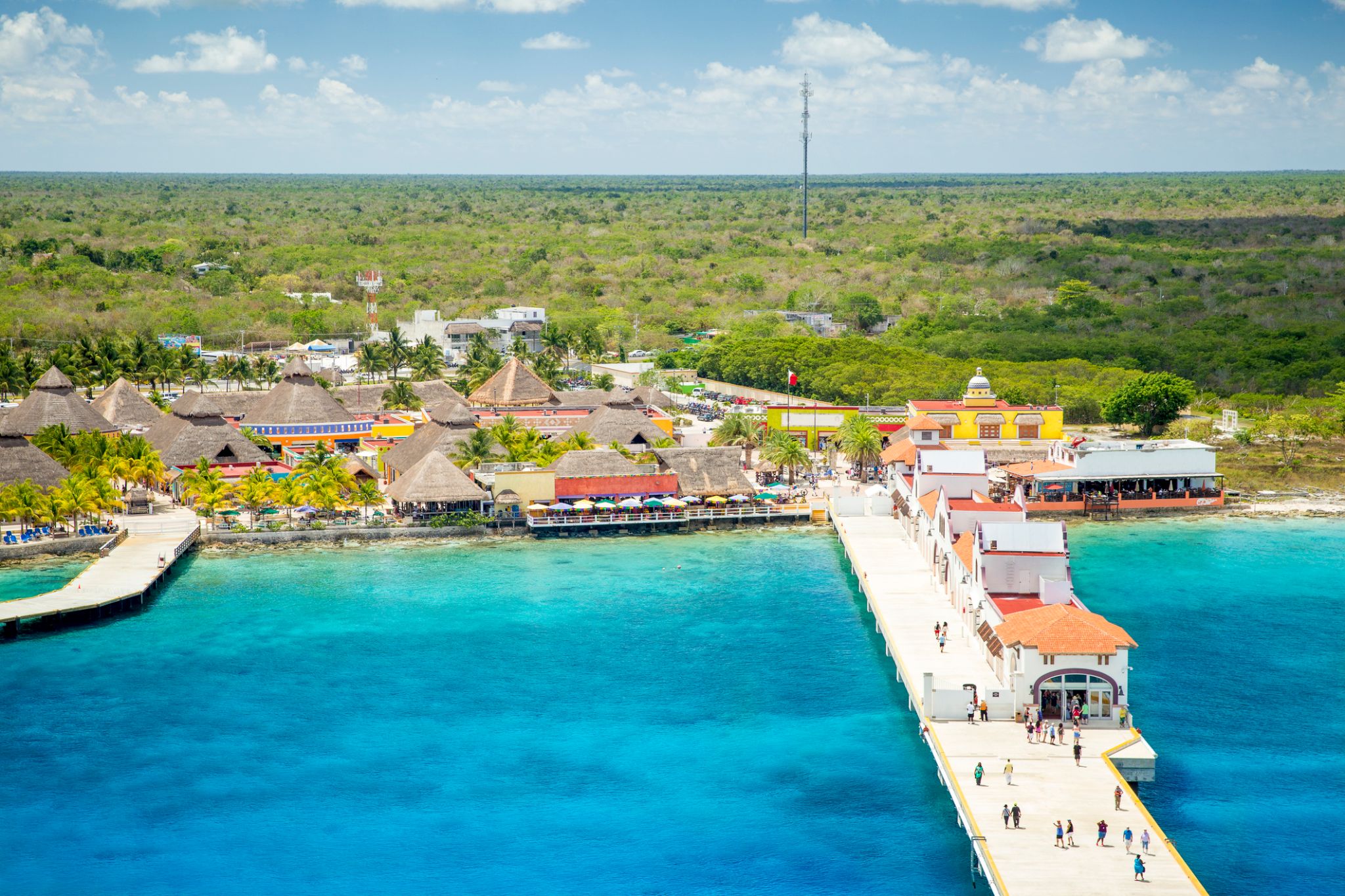 Day 13: 09:00-17:00
Day 13: 09:00-17:00San Miguel, Cozumel Island / Mexico
-
 Day 14:
Day 14:Day at sea / Sea
-
 Day 15: 08:00
Day 15: 08:00New Orleans / USA
New Orleans is a consolidated city-parish located along the Mississippi River in the southeastern region of the U.S. state of Louisiana. With an estimated population of 393,292 in 2017, it is the most populous city in Louisiana. A major port, New Orleans is considered an economic and commercial hub for the broader Gulf Coast region of the United States.
New Orleans is world-renowned for its distinct music, Creole cuisine, unique dialect, and its annual celebrations and festivals, most notably Mardi Gras. The historic heart of the city is the French Quarter, known for its French and Spanish Creole architecture and vibrant nightlife along Bourbon Street. The city has been described as the "most unique" in the United States, owing in large part to its cross-cultural and multilingual heritage. Founded in 1718 by French colonists, New Orleans was once the territorial capital of French Louisiana before being traded to the United States in the Louisiana Purchase of 1803. New Orleans was once the third-most populous city in the United States, and it was the largest city in the American South from the Antebellum era until after World War II. The city's location and low elevation have historically made it very vulnerable to flooding, leading to the installation of a complex system of levees and drainage pumps.
New Orleans was severely affected by Hurricane Katrina in 2005, flooding over 80% of the city and causing a population decline of over 50%. Since Katrina, major redevelopment efforts have led to a rebound in the city's population. Although, concerns about gentrification, new residents buying property in closely knit communities, and displacement of longtime residents have been voiced.
The city and Orleans Parish (French: paroisse d'Orléans) are coterminous. As of 2017, Orleans Parish is the third most-populous parish in Louisiana, behind East Baton Rouge Parish and neighboring Jefferson Parish. The city and parish are bounded by St. Tammany Parish and Lake Pontchartrain to the north, St. Bernard Parish and Lake Borgne to the east, Plaquemines Parish to the south, and Jefferson Parish to the south and west.
The city anchors the larger New Orleans metropolitan area which had an estimated population of 1,275,762 in 2017, making it the most populous metropolitan area in Louisiana and the 46th-most populated in the United States.

